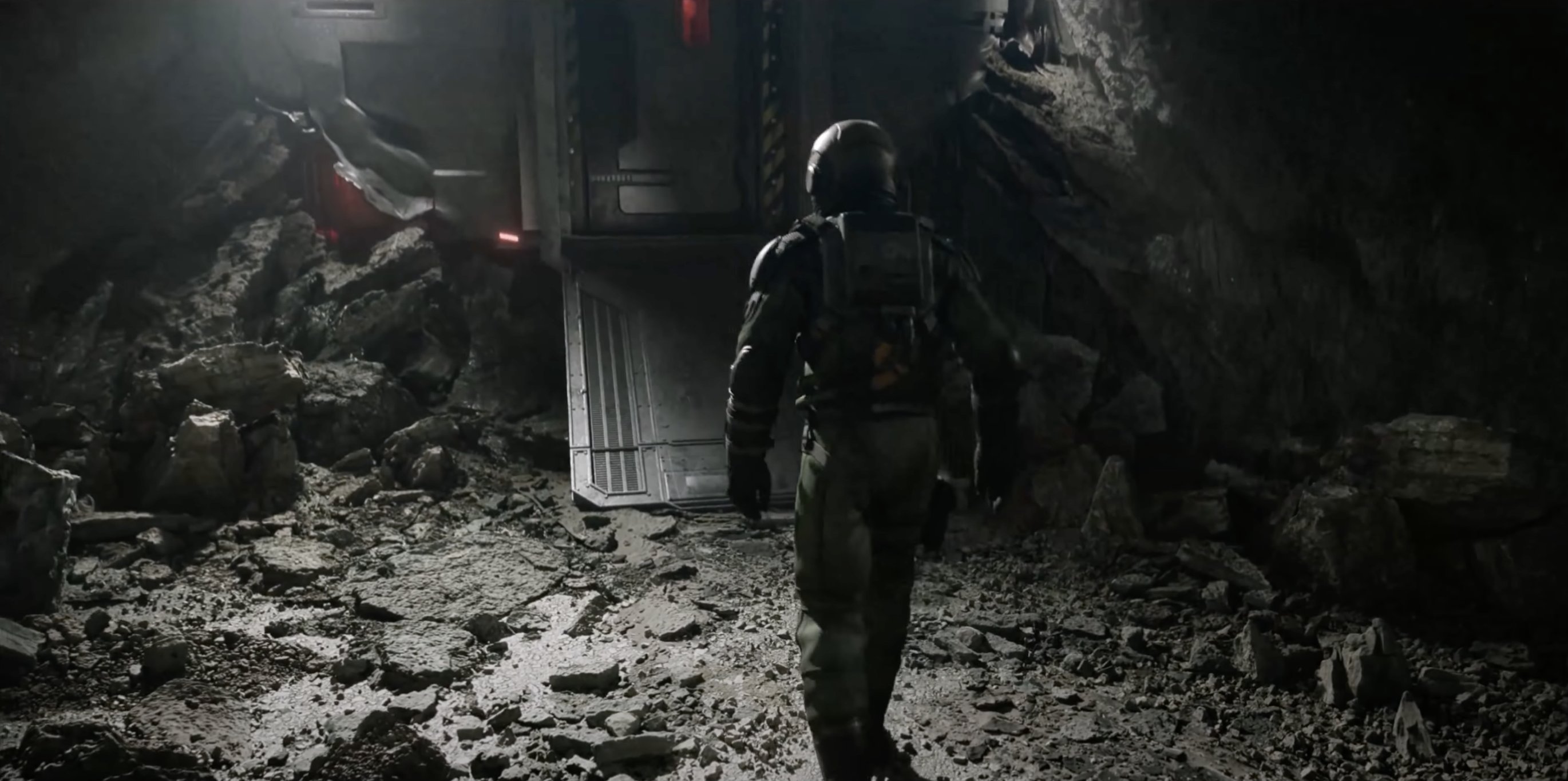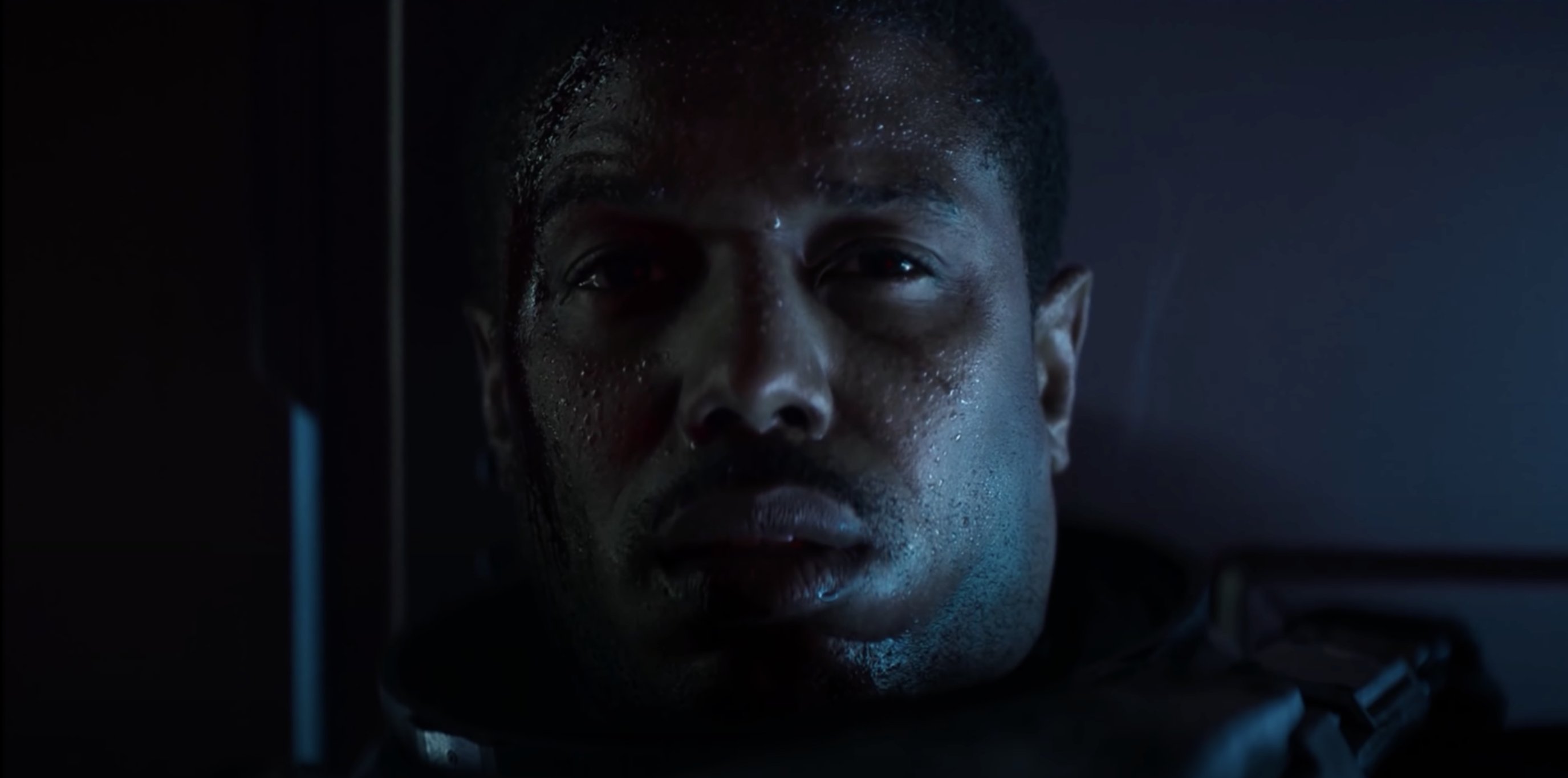Yah, I suppose even if they could make things were perfectly by doing deformation and animation with mesh shaders, they'd still want a more general compute solution that would be portable to other platforms that don't use directx or vulkan mesh shader apis
Basically all the GPU without Mesh/primitive shader would be excluded. Having as a base minimum PS5, Xbox Series, RDNA 2 GPU and Nvidia 2000's and 3000 series is probably not a good option commercialy.
After the cluster idea work faster on the software rasterizer for triangle less than 4 pixels than the HW path using primitive/mesh shader on UE5. Don't forget primitive and mesh shader continue to use the hardware rasterizer.
Give flexibility to dev and they will use it. We begin to see it with Nanite or the frosbite hair rendering with line primitive software rasterizing using compute based analytical AAA.
Last edited:





